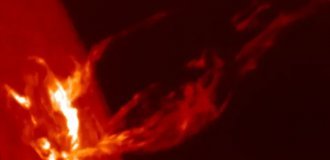11 little-known and interesting facts about the Moon (12 photos)
Space beckons dreamers, but you don't have to spend light years trying to reach the most mysterious planets. Even the closest celestial body, the Moon, hides many secrets and discoveries. In this post you will learn interesting facts about her. 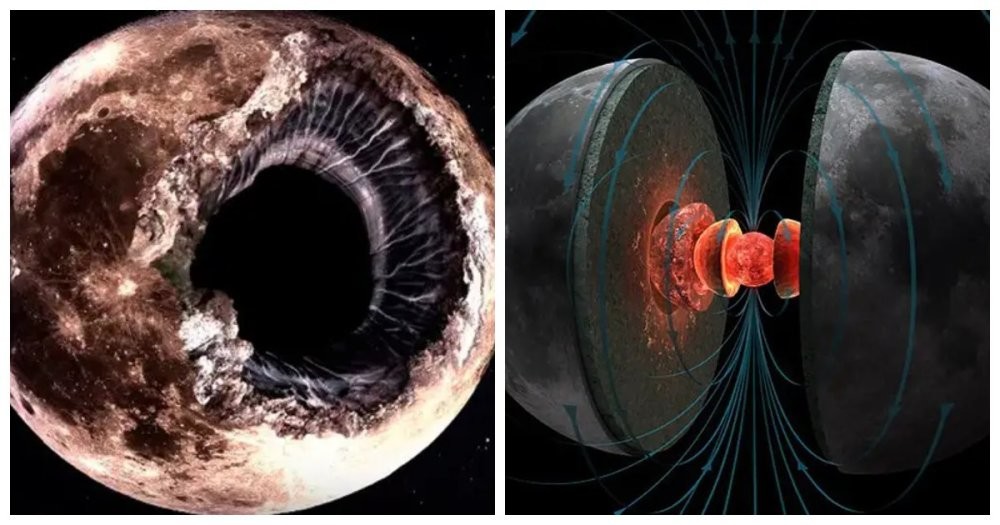
1. Moon dust 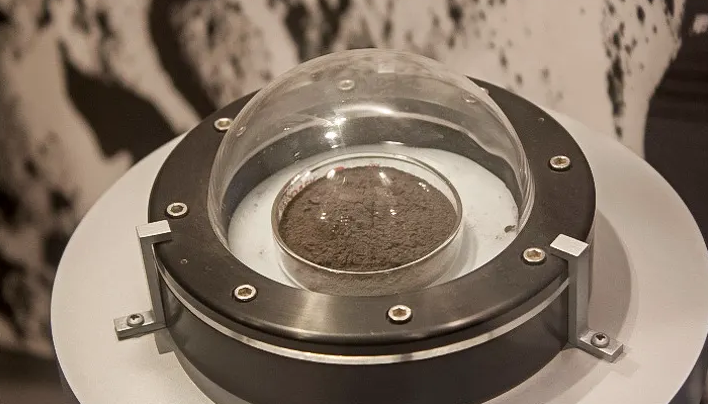
The astronauts of the Apollo 17 mission encountered an unexpected problem. Lunar dust clogged the equipment, causing malfunctions, damaging spacesuits and causing “moon fever” among the crew. Moon dust is dangerous because the particles are so small: they are 50 times smaller than the diameter of a human hair, and they have very sharp edges because there is no wind or rain on the Moon to soften them. In addition, they penetrate deep into the lungs. Due to low gravity, particles remain suspended in the air, creating clouds of sharp debris, and a layer of dust on the surface is 15 centimeters. Astronauts say that this dust smells like gunpowder inside the spacecraft. Now scientists have begun studying the dust to assess the degree of its danger and toxicity.
2. Magnetism without a magnetic field 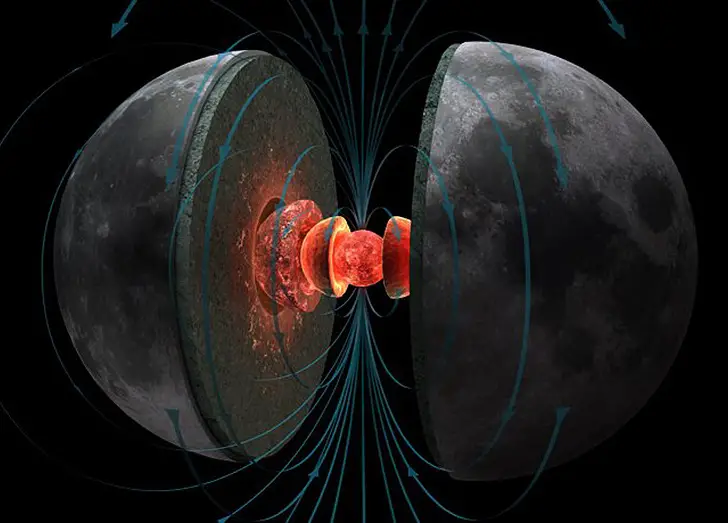
When Soviet and American astronauts returned samples of lunar soil to Earth, scientists from both countries were surprised to discover that some rocks had magnetic properties, although it was established that there is no magnetic field on the Moon. Further research led scientists to the hypothesis that a magnetic field previously existed on the Moon. Several theories are currently being discussed about the reasons for its disappearance: it is believed that it was due to meteorite impacts or as a result of the displacement of the Moon's core.
3. “Moon madness” and sleep 
Since ancient times, there have been many myths about “lunar madness”, which is supposedly caused by the full moon. The Greeks, for example, explained this by saying that since the Moon can influence the ebb and flow of the World Ocean, it also affects people with a high fluid content in the body. Modern scientists have proven that there is no “lunar madness”, and the increase in crime during the full moon is associated only with the fact that it becomes brighter on the streets. But the phases of the moon can influence a person’s sleep: during a full moon, some people actually suffer from insomnia, while others have nightmares. This is confirmed by a study conducted at the University of Basel in Switzerland.
4. The mystery of the appearance of the Moon 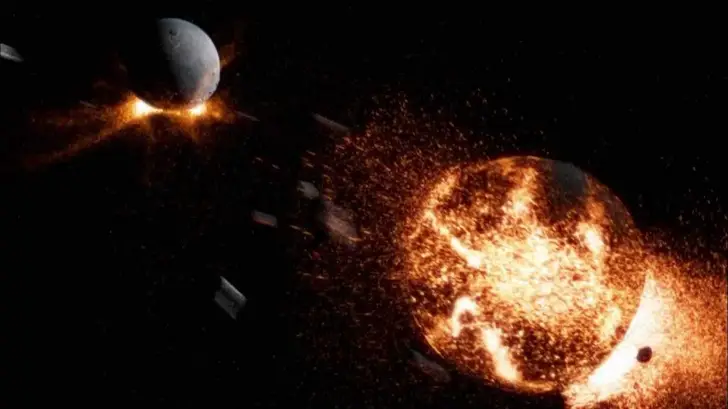
Science still cannot answer the question of how the Earth's satellite appeared. Today there are many hypotheses, each of which has evidence and refutations. Previously, there were only “three great theories”: the hypothesis of the centrifugal separation of the Moon and the Earth, the hypothesis of the capture of the Earth by the Moon, and the multi-impact theory. It is curious that in the epics of many peoples of the world there are hints about the appearance of a new star in the sky, that is, the legends of these peoples say that in their times there was no Moon in the sky. These legends support the capture theory and at the same time fuel numerous “conspiracy theories” that the Moon was created artificially.
5. Shadow on the Moon 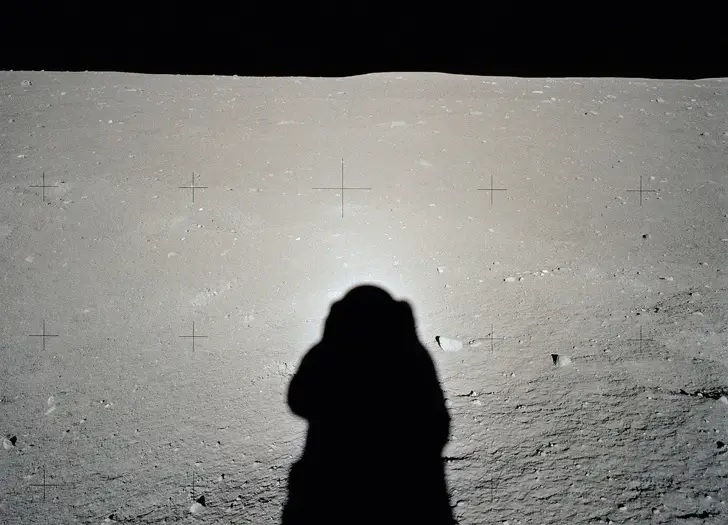
Another unexpected problem that astronauts encountered while landing on the Moon. Due to the lack of atmosphere, the shadow on the Moon is completely black. The astronauts could no longer see their feet when they stepped into the shadows, and could not perform various spacecraft maintenance tasks because the shadows could not see what their hands were doing. Naturally, the crew managed to adapt to the new conditions, but who would have thought that a shadow could create so many problems.
6. Moonquakes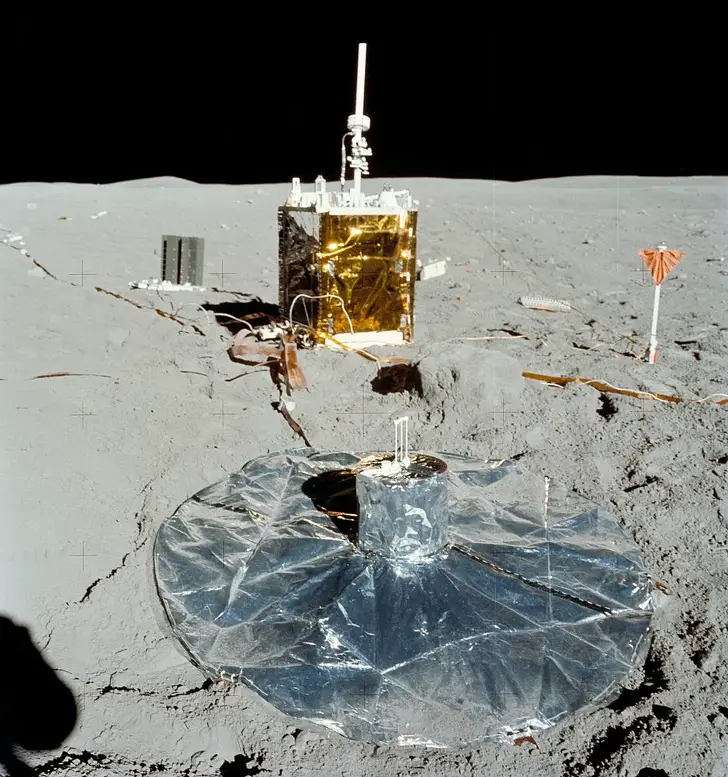
Another mystery of our satellite is moonquakes. The moon is constantly shaking, and no one has yet figured out why. A seismometer installed on the satellite in 1972 recorded an average of one moonquake per day. If an earthquake is caused by the movement of tectonic plates, then on the Moon this is impossible due to their absence. Like many other things, moonquakes can only be explained hypothetically. They can be caused by a meteorite, ground movements, temperature changes, or even the Earth's tidal forces. The tectonics of the Moon is very alive, and all its moonquakes lasted more than 10 minutes. Therefore, scientists in many countries are puzzling over how to stabilize future lunar bases.
7.The Hollow Moon Theory 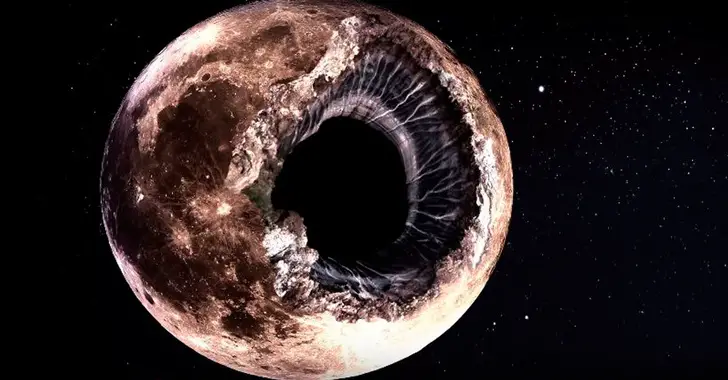
In 1982, nuclear engineer William Bryan put forward the theory that the Moon is hollow inside. Today, some scientists consider this unscientific nonsense, while others consider it a serious hypothesis and build on its basis other theories of the reverse formation of the Moon: from the crust to the core. In the context of this hypothesis, there are suggestions that the Moon is an artificial object, inside of which there is an alien base or a colony of reptiles rising to the surface on the dark side of the Moon, which we cannot see from Earth.
8. Moon trees 
Aboard the Apollo 14 spacecraft, 500 tree seeds from Earth were sent to the Moon. The idea for this experiment belonged to Edward Cliff. He wanted to find out whether flying and staying on the Moon would affect the properties of plants. From 500 seeds, about 450 seedlings were obtained, which successfully took root and grew. The Moon Trees have become tourist attractions.
9. The moon is constantly moving away 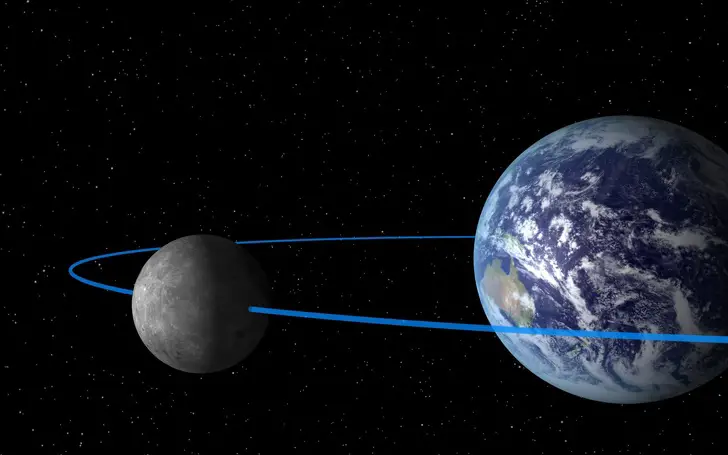
The union of the Earth and its satellite seems unchanged, but in fact the Moon is constantly moving away from us. On a spatial scale, this is insignificant, only 4 cm per year, but it is still a fact. Scientists explain this distance by natural centrifugal force and the influence of the tidal force of the oceans, which seems to push the Moon.
10. First research 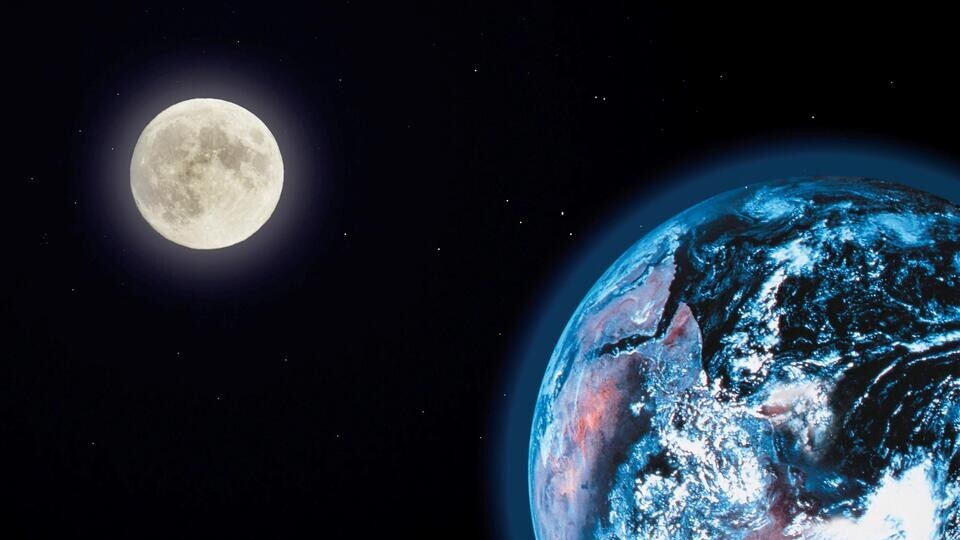
In the USSR in 1959, the automatic interplanetary station “Luna-1” was launched, which became the world’s first apparatus to go to the Moon. Over the following years, the USSR conducted many lunar missions. For example, Luna 2 reached the surface of the satellite for the first time in human history, and Luna 3 took the first photograph of the reverse side.
11. Blood Moon 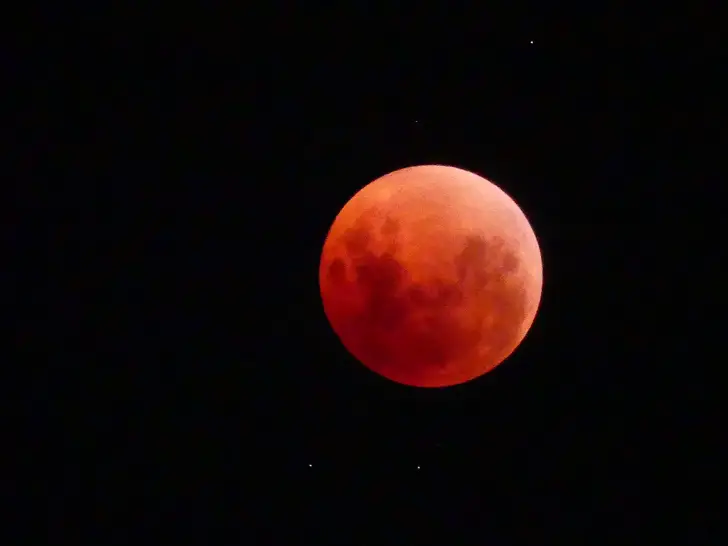
The blood-red color of the moon in the sky terrified ancient peoples and gave rise to many mystical superstitions and terrible myths. In fact, the Moon only turns blood red in two cases: during a total eclipse during the full moon phase or due to environmental pollution, such as during forest fires. On the night of July 27-28, 2018, the satellite passed through the shadow of our planet, but the earth’s atmosphere refracted some of the rays coming from the Sun, and the long waves of the red part of the spectrum “colored” the Moon in a bloody color.










